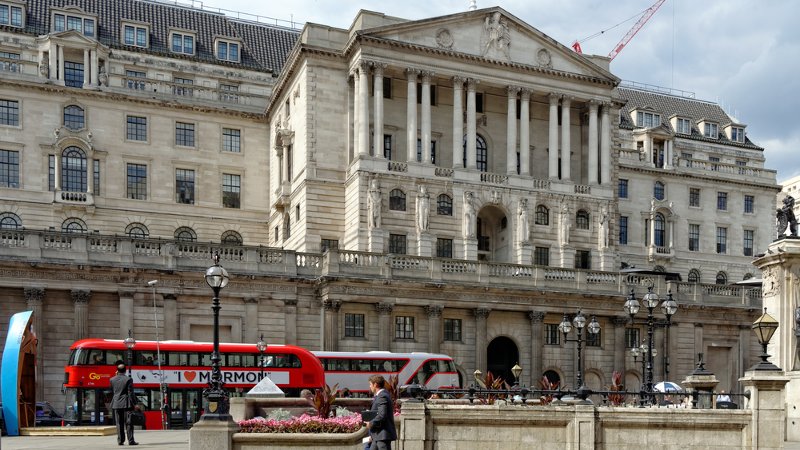I think that the drawdown date of February 2018 will be extended. Why? Because we are not out of the woods yet and banks continue to need assistance.

Tony Ward is chief executive of Clayton Euro Risk
Last week, the Chancellor approved a Bank of England request that it be allowed to extend the Term Funding Scheme to £140bn, from its previous limit of £115bn. Why? Because there is a belief that the Bank will soon reach that level.
In a letter to Bank of England Governor Mark Carney, Chancellor Philip Hammond said the increase in the Term Funding Scheme (TFS) is being made to ‘accommodate expected usage’ by banks by the end of the drawdown period next year.
Mr Hammond stated that raising TFS will ensure it can ‘continue to lend central bank reserves to banks and building societies at rates close to the Bank Rate during a defined drawdown period’.
The Term Funding Scheme was introduced in August 2016 in response to the UK's vote to leave the European Union, when the Bank of England cut interest rates to 0.25% cent.
The Bank also agreed a package of measures ‘designed to provide additional support to growth’, originally set at £100bn.
This was subsequently raised this August to £115bn. Now it is due to run until February next year.
However, the Bank does not want to shut it off prematurely simply because it has been widely used by banks. The TFS injects cheap funds into banks and is indexed to the base rate.
Unsurprisingly, if its cap was not lifted, it would mean banks losing a useful source of cheap funds at the same moment as the base rate rises, potentially creating an unexpectedly large rise in market rates, which the Bank does not want to do.
But this latest development has drawn criticisms from analysts. Simon Ward, chief economist at Janus Henderson, said that the funding scheme, which operates like quantitative easing, had been ‘mishandled’.
He explained: “The normal sequence is to stop QE, raise rates, then contract the balance sheet. The Bank is still expanding the balance sheet after raising rates. This doesn’t seem very sensible.” I agree.
Philip Shaw, Investec, said: “The purpose of the scheme has morphed somewhat. It is now effectively giving the banking sector a relatively inexpensive way of funding.”
Mr Ward said that the Bank had left itself few options: “They should have delivered [the term funding scheme] in phases rather than a full 18 months and not allowed themselves to get boxed in. I can’t believe anyone in the Bank thinks it’s a good idea to extend the scheme after rate rises.”
Well, indeed. It is all very confusing. It certainly seems to be a move which appears at odds with the recent interest rate hike.
As regular readers of my blog know, my belief is that the Bank of England took the decision to raise rates just that bit too soon.
The economy is too fragile and, with Brexit negotiations faltering, there are currently too many unknowns.
I think that the drawdown date of February 2018 will be extended. Why? Because we are not out of the woods yet and banks continue to need assistance.
What all this translates to is that the Bank of England is concerned about the headwinds the economy is facing as it moves more fully into the Brexit discussion period.
The Bank continues to need to provide monetary stimulation and liquidity support through QE and Asset Purchase schemes like TFS.
That isn’t going to change any time soon. With the current situation as it is, the next rate rise seems some way off.



